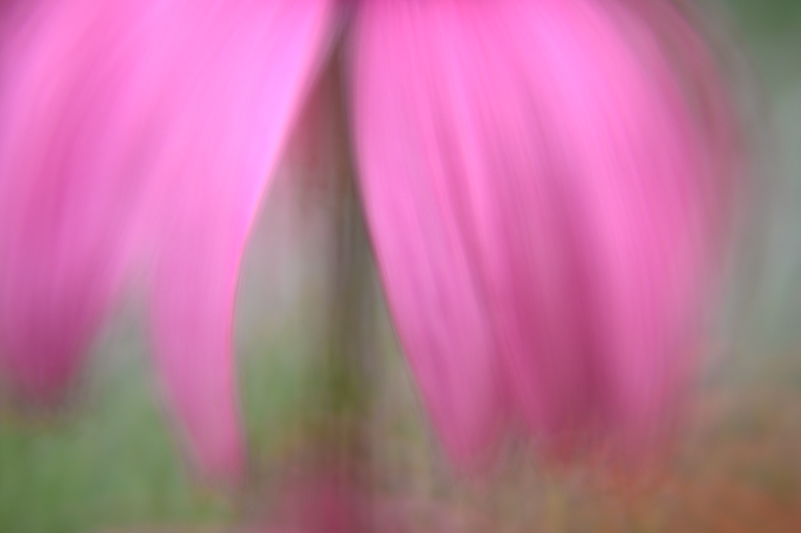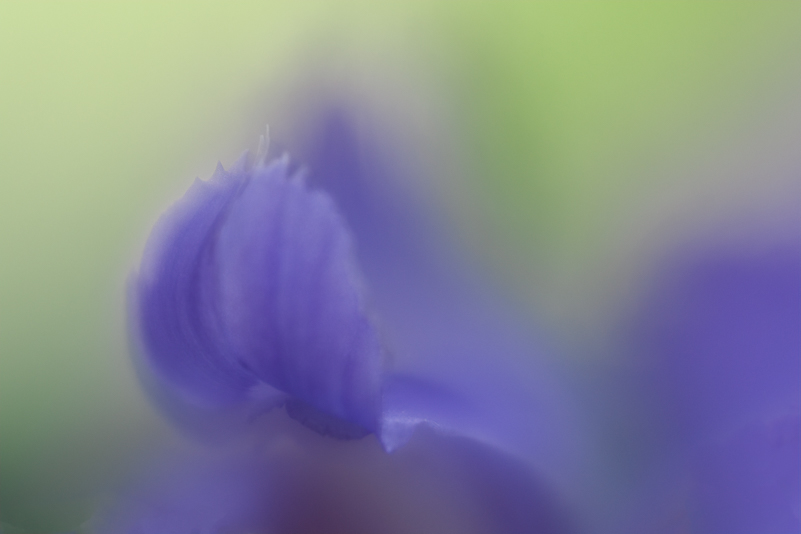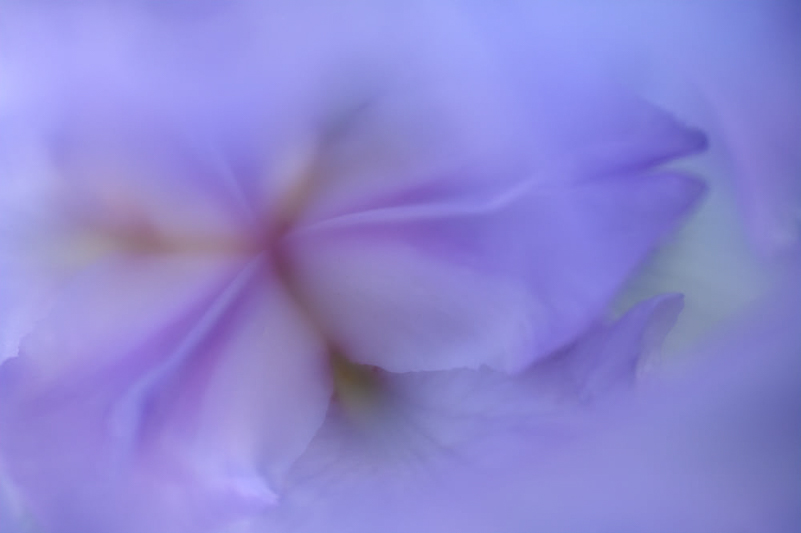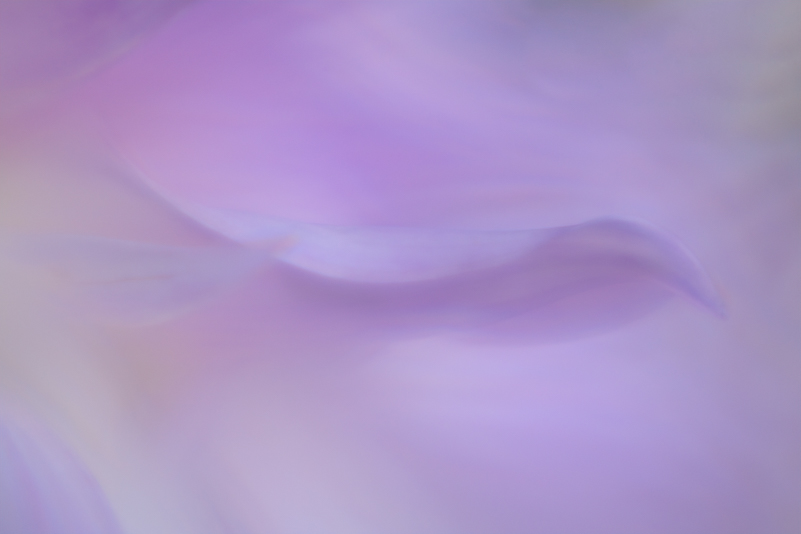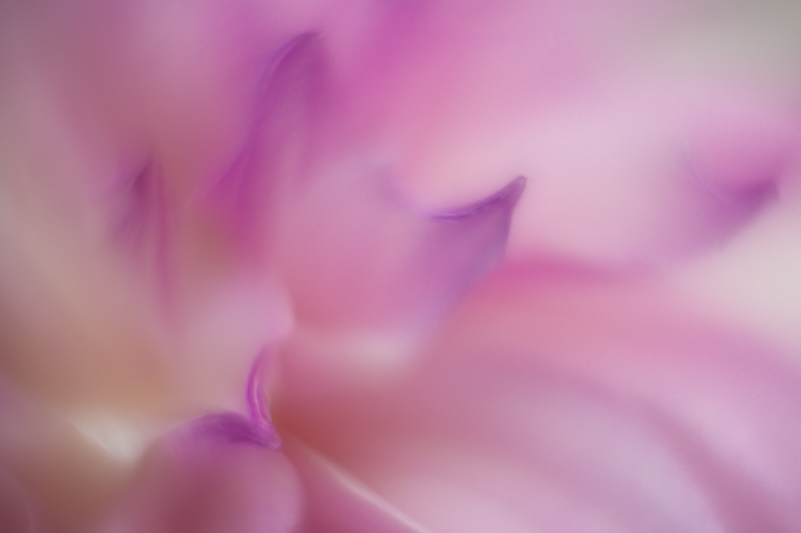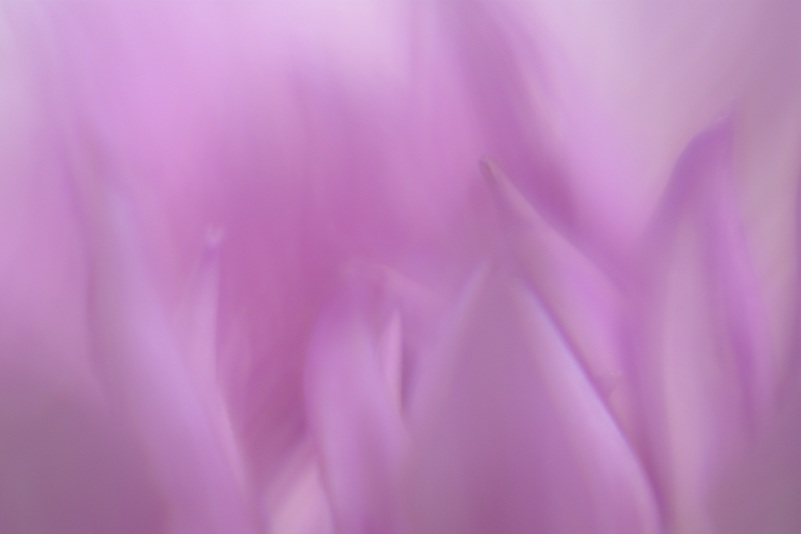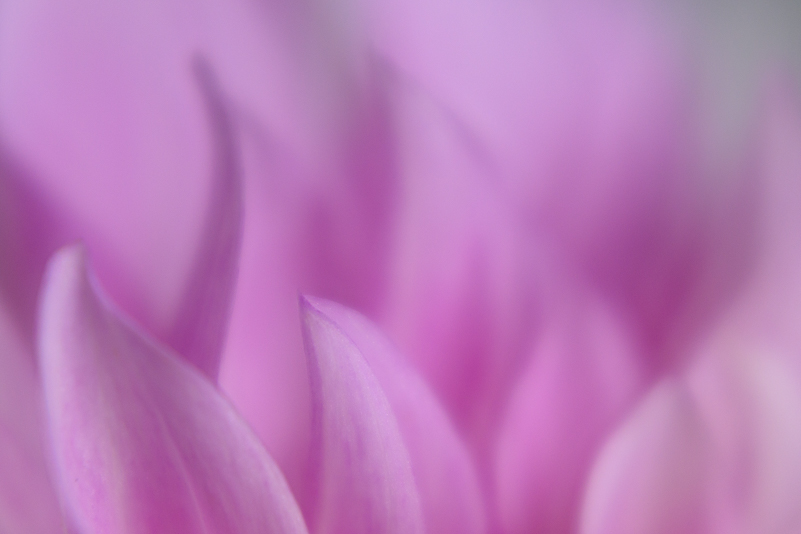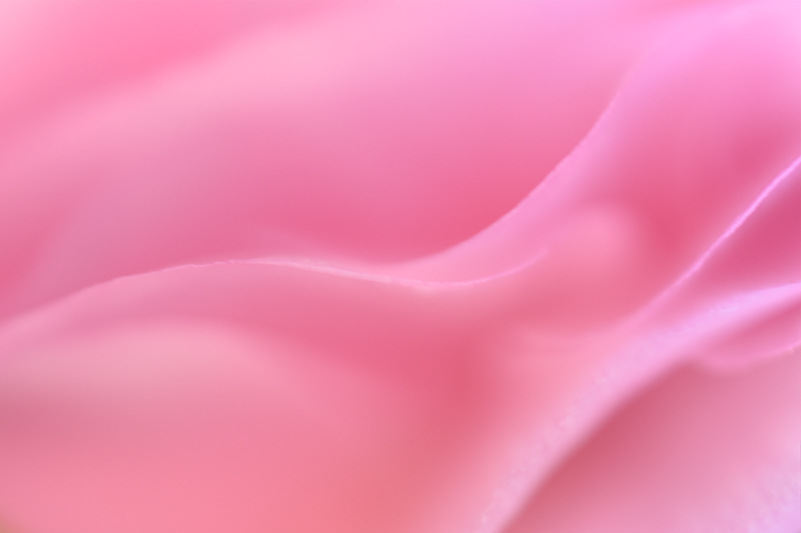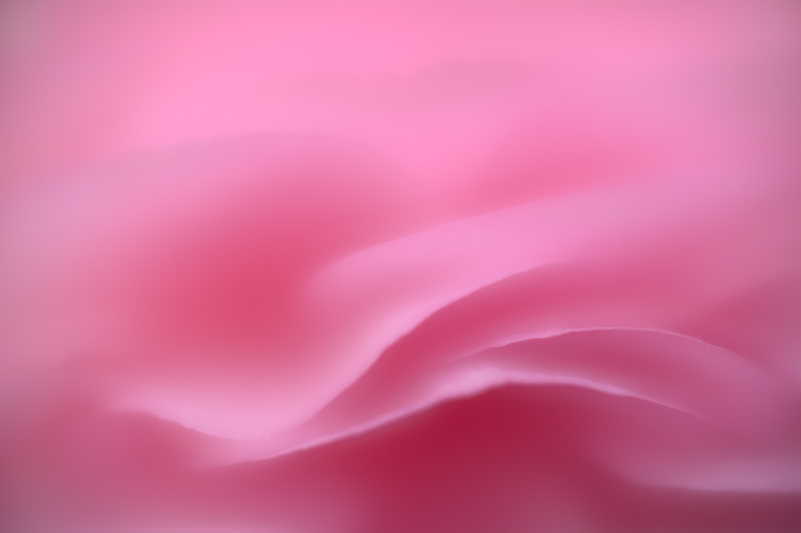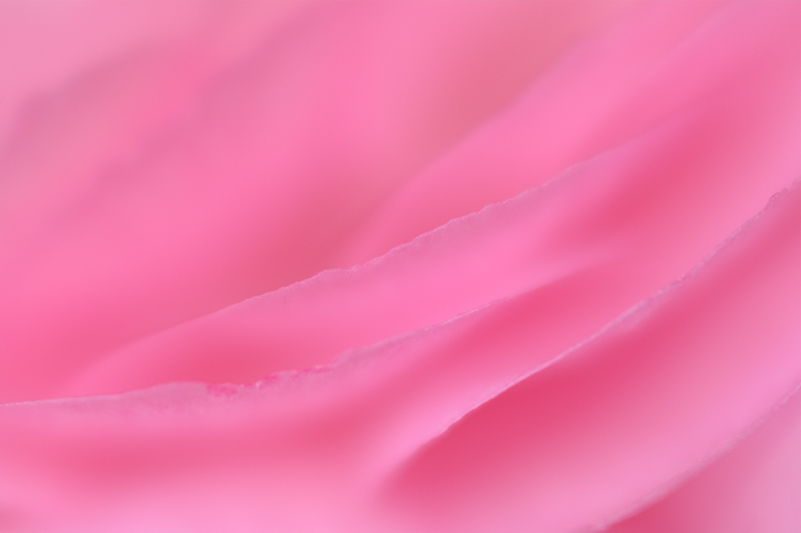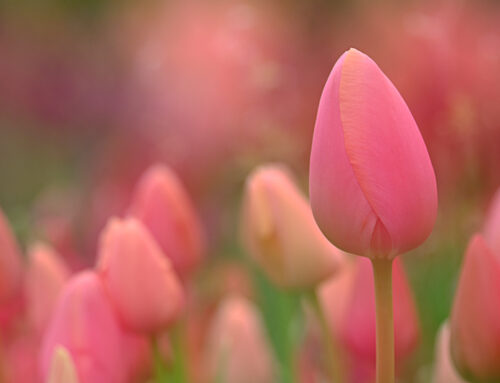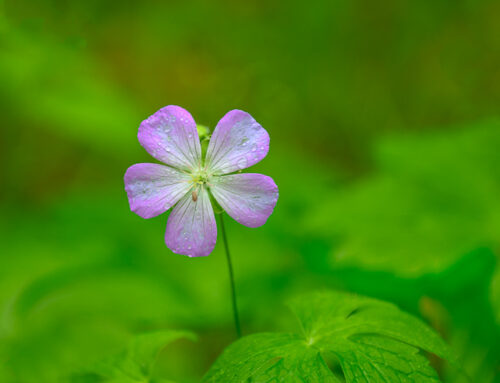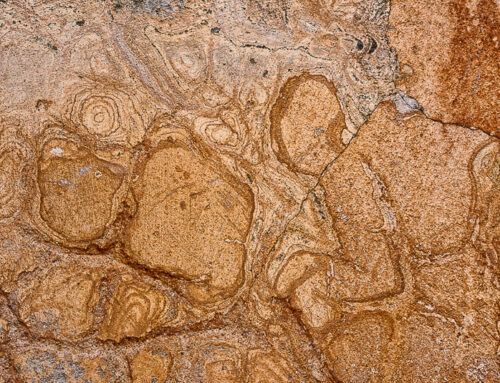I saw each image file as a snapshot of a moment, a note in my diary of engagement. They not only articulated where I was, but who I was in that fraction of a second.
–Alister Benn, Out of Darkness
You wouldn’t know this, but I love books. As a lifelong reader, writer and lover of words, I have many, many books. Some I have read. Some I have skimmed and flipped through. Others I have used and still use for reference, education and learning. Some of the books are inspirational, encouraging and faith based. Not surprising, a great many of the books in my home are connected in one way or another to photography.
What I must confess is that as many books as I have, there are very few that I have read in their entirety. I could explore the reasons why or why not, but instead I want to share my experience with ONE book that I have just read from cover to cover – twice, in fact! There are fewer pages of words than most, but it is by no means a “picture book.” It resonated with me on many levels; and if you have the chance to “read” it, perhaps you will connect with it as well.
OUT OF DARKNESS
The book is Out of Darkness by Scottish photographer, Alister Benn. Because I am not a world traveler and am not plugged deeply into the landscape photography community, I didn’t learn of him until a few years ago through the Out of Chicago Live conference in 2020. Even then, I only appreciated the work and words he shared and periodically listened to some of his podcasts.
When he announced the upcoming release of his book, I hesitated. I waited a while and then ordered my copy. When it finally arrived, I skimmed through it and then put it in a place in my living room. I did not read it. In part, this was because I was busy, but also because with it having so few pages of words, I underestimated what was there to be found between the hard black fabric covers.
For whatever reason, I decided it was time for me to honor the books I’ve collected and start really reading them. I began with Out of Darkness for the exact same reasons I mentioned above – few words and lots of pictures of sand dunes in the Gobi Desert. I could do that. I also connected with the abstract nature of Alister’s interpretations, appreciated the square format as well as the flow and play of light and dark. It reminded me of how I often photograph flowers, especially when I am in a state of “immersion” and feel the need to escape and nestle into the abstracts offered in petals. I was curious and confident that, for a change, I could start and finish this read. In fact, I’ve done so twice.
ABOUT THE WORDS
I read ALL THE WORDS. I read the two forewords, one by Joe Cornish and one by William Neill, whose work and words I’m also familiar with. His books are now waiting in the wings for me to really read. Meanwhile, I wondered what this Scottish landscape photographer could say that would connect and resonate with me — the one who typically gets lost in the much smaller stories and finds more challenges in the grand scenes. I wondered what I was in for from all three of these photographers. I then realized (or was reminded) that regardless of where we find beauty and solace (and ourselves), we are not as different from each other as we think.
Joe Cornish wrote of Benn’s book, “… words and images taken as a whole make an extraordinary artistic statement. They bear witness to a life of struggle, redeemed in beauty.” I kept reading.
William Neill, in his foreword, shared some of his own life experience and these words, “… I gained a sense of our human need to ‘see the light.” I deeply connected to that need, with or without and through my own photography. Later, he writes, “I’ve made that search for beauty a daily meditative practice, turning towards the light and balancing the darkness we all experience at times in our lives. Photography gives me a way to focus on the positive.” While my own practice is not necessarily meditative, I refuse to yield to the darkness and continually seek even the smallest glimmer of light in difficult times. Photography is one of my most personally expressive tools.
AND, THEN, THERE’S ALISTER IN WORDS AND IMAGES
It’s entirely possible that Alister and I will never meet in person. We don’t need to. In this book, he’s introduced and revealed himself more deeply than any chance and brief encounter or conversation could offer. With his words and his images, that resonate with me, Alister is known. I see a similar but different, yet common, thread. He says, “This is my book, and although contained within these pages are merely words and photographs; grains of sand among trillions of companions, to me they are not only the meaning of a life, but a life of meaning. They are both the metaphorical and literal path out of darkness . . . “
I believe we all have a book in us, whether we write it or not. The pages of our lives are filled with varying degrees of light and dark. The choices we make each day write our stories as we turn the page. What lands between the hard cover on the pages of our lives is up to us and the choices we make. In Alister’s case, I love what he says about that moment in the desert when he let go of many things and found himself in the starkness of the dunes:
I surrendered. I recall the moment when I just accepted the landscape for what it was … I decided to let my intuition drive … I lived in a flow state; characterized by unthinking mindlessness and intuitive aesthetics.
FINDING AND SEEING MYSELF
Just as Alister surrendered in the desert, I’ve been surrendering in flowers. I still remember those moments many years ago when I realized that photography (and especially flowers) was more than a random hobby and more than an exercise in technical correctness. It was in the field that all the external pressures of my own hamster wheel were quieted, actually silenced. My shoulders dropped, my breathing slowed and everything I stomped into the field with in my head evaporated. And, now, I know even more deeply how vital it is for me to continually see and find beauty and light. There is peace in the petals, calm in the curves and softness, and healing in the moments when I lose myself in the flow and the world disappears. Thank you, Alister, for expressing this so clearly and for the reminder.
As I truly read this book and recognized aspects of my own life, I recalled images that reflect my own quest for beauty and light as a way to dispel the darkness. In them I remember moments of letting go of any goal, creative or technical. I didn’t worry about what anyone would think of them. In each instance, I just let them be and become. I allowed them to express what my words could not and what my heart needed to heal and hope. Our stories are personal. Our images are often reflective of more than our subjects – enlightening without explanation.
When I allow the flow, that’s where I (and you) can see myself, in the moment. When I am in the flow, I create images that allow me to breathe. It’s about letting the images form rather than working to make them happen.
For this post I did not give myself an assignment or a challenge, as I often do. Instead, I did a “look back” to find images that reveal parts of me in times when the search for beauty, light, peace and hope were unavoidable and critical. You won’t read any captions below these images, but you will see me. Perhaps, if you consider your own journey and whatever makes you more whole – nature, photography, art, whatever – you will recognize and embrace what you find in your own look-back.
I am beyond grateful and blessed to be able to “immerse” when I need it most. I am grateful to have been gifted with moments in nature and in life that allow me to see and be myself. I am grateful for people like Alister, who are willing and able to “lay it all out there” and give others insight and hope.
The title of this post is, I Read a Book, but the truth is that I have had a wonderful and enlightening experience. Out of Darkness is more than a book. I encourage you to read and explore it for yourself. Find Alister at https://expressive.photography/out-of-darkness-home/ To end, I give you Alister’s words from the last page of written text:
When we look in the mirror, we can either see what we expect, or what is there. How we react to that dictates our day; regretfully and disappointed, or gracefully with acceptance.
I don’t know who among you needed to “hear” any of this, but I sure did.

